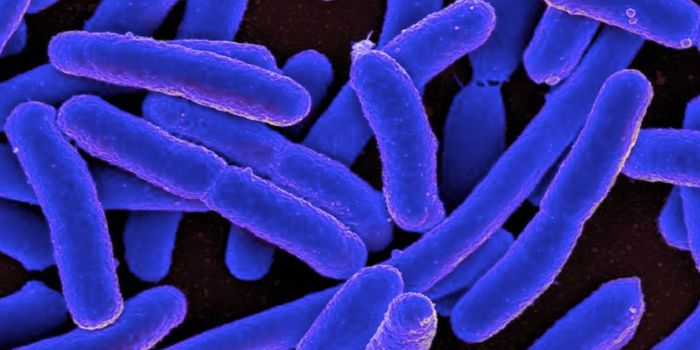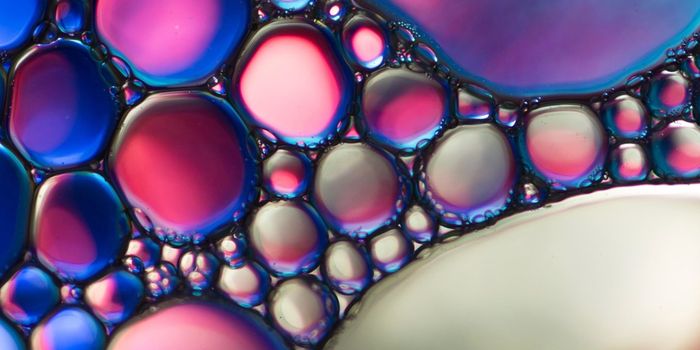A Microbe's Membrane Protects It From Extreme Environments
There are microscopic organisms called archaea living in some of Earth’s most intense environments, like hydrothermal vents deep in the ocean, boiling hot springs or volcanic craters. So how are they able to not only survive, but thrive there? Researchers at Stanford University have discovered a protein that helps tough archaea to form a protective membrane that shields them from acidic environments. Their findings have been reported in the Proceedings of the National Academy of Sciences (PNAS). Learn more about microbes that love extreme environments and the researchers that study them from the video.
It’s known that archaea, which occupy their own branch on the tree of life, have a unique membrane surrounding them, which is different from the ones found in plants, bacteria, or animals. Now this team has provided direct evidence of a protein that helps generate a lipid-linked structure in a species called Sulfolobus acidocaldarius.
"Our model is that this organism evolved the ability to make these membranes because it lives in an environment where the acidity changes," explained study co-author Paula Welander, an assistant professor of Earth system science at Stanford's School of Earth, Energy & Environmental Sciences (Stanford Earth). "This is the first time we've actually linked some part of a lipid to an environmental condition in archaea."
Researchers can look to the fossil record to learn more about biological membranes from long ago. This work will help researchers identify molecular features of other fossils, and provide insight into the evolution of Earth’s organisms.
This particular microbe is found in hot springs that can reach over 200 degrees, and have varying levels of acidity, as well as other hot and cold environments. It has unusual chemistry, which drew the attention of Welander. Archaea don’t have outer walls of cellulose like plants and fungi, nor do they have the same chemicals as bacteria, and her research group wanted to know more.
"I think we forget that some things just haven't been done yet - I've been finding that a lot ever since I stepped into the geobiology world," Welander said. "There are so many questions out there that we just need the basic knowledge of, such as, 'What is the protein that's doing this? Does this membrane structure really do what we're saying it does?'"
The team began by identifying genes in S. acidocaldarius that were likely to be involved in the production of a molecule called calditol. Previous work had indicated it was a part of archaea’s membrane. One at a time, they inactivated genes, until the lack of one gene produced S. acidocaldarius without calditol. The mutant could survive high temperatures, but could not tolerate acidity. That suggested that calditol is critical to their unique membrane, which protects from acidity.
"There are certain things about archaea that are different, like the lipids," Welander said. "Archaea are a big area of research now because they are this different domain that we want to study, and understand - and they're really cool."
Learn more about archaea from the video.
Sources: AAAS/Eurekalert! via Stanford's School of Earth, Energy & Environmental Sciences, PNAS








